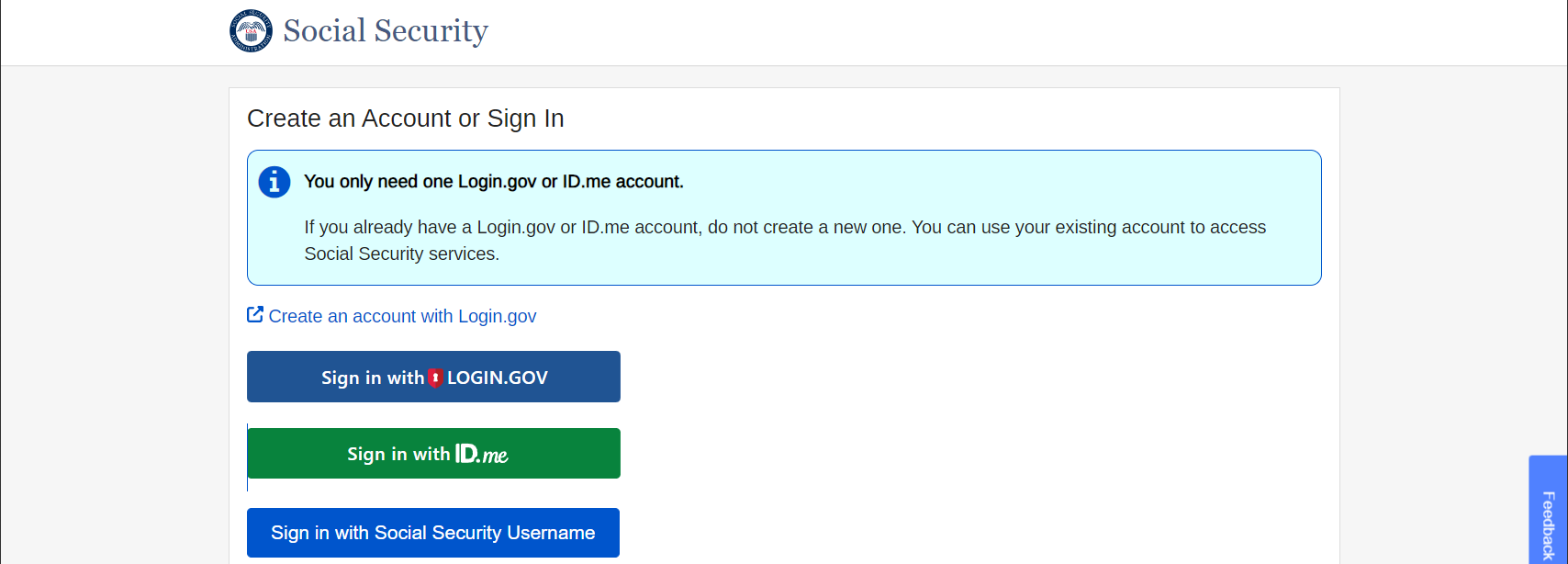What to Know Before You File 2023 Taxes
This is a subtitle for your new post

With tax season right around the corner, it’s time to talk about what you need to know before you file 2023 taxes.
According to the IRS, “Although the IRS will not officially begin accepting and processing tax returns until Jan. 29, people do not need to wait until then to work on their taxes if they’re using software companies or tax professionals.”¹
You heard it straight from the source – don’t wait! Get ready to file 2023 taxes now before the April 15, 2024 deadline.
Before you file your 2023 taxes, you need to be aware of some significant changes that affect everything from which tax bracket you are in to which tax breaks you qualify for.
Here are 7 key changes to keep in mind as you prepare to file 2023 taxes.
#1 Income Tax Brackets Changed
For 2023, there are still 7 different federal income tax rates, but the income ranges shifted significantly to account for inflation.
In fact, there was about a 7% increase in brackets.
#2 Increased Standard Deduction
There is also a bigger standard deduction for 2023.
The good news is that this reduces your taxable income. According to the IRS:
“The standard deduction for taxpayers who do not itemize deductions on Form 1040, Schedule A, has increased.
The standard deduction amounts for 2023 are:
$27,700 – Married Filing Jointly or Qualifying Surviving Spouse (an increase of $1,800)
$20,800 – Head of Household (an increase of $1,400)
$13,850 – Single or Married Filing Separately (an increase of $900)”²
#3 Increased Estate Deduction Tax
For 2023 taxes, the estate and gift tax exemption has increased to $12,920,000.
Note – This higher exemption will expire at the end of 2025.
Additionally, the annual gift exclusion (the ability to give money to loved ones without tax liability or subtraction from your lifetime estate tax exemption) rose $1,000 to $17,000 total.
#4 Form 1099-K Rule Changes (Again)
The IRS has decided to again delay the change that would require payments over $600 from third-party payment systems to complete Form 1099-K.
According to the IRS, “Following feedback from taxpayers, tax professionals and payment processors and to reduce taxpayer confusion, the IRS delayed the new $600 Form 1099-K reporting threshold for third party settlement organizations for calendar year 2023. As the IRS continues to work to implement the new law, the agency will treat 2023 as an additional transition year.”³
So for the 2023 tax year, previous reporting thresholds are still in place.
Payment apps and online marketplaces will only be required to send out Form 1099-K if you receive over $20,000 and have more than 200 transactions.
Note – You are still taxed on the income – no matter if it is the sale of goods or a side hustle. The difference here comes down to the type of form.
#5 Child Tax Credits
Child tax credits help reduce how much of your income is subject to tax.
For 2023, the Child Tax Credit is $2,000 per child under 17 years of age.
Due to inflation, the refundable portion of the Child Tax Credit has risen to $1,600 from $1,500.
According to the IRS, “You qualify for the full amount of the 2023 Child Tax Credit for each qualifying child if you meet all eligibility factors and your annual income is not more than $200,000 ($400,000 if filing a joint return).
Parents and guardians with higher incomes may be eligible to claim a partial credit.”⁴
Also, the IRS cannot issue refunds for people claiming the EITC or Additional Child Tax Credit (ACTC) before mid-February.
#6 Energy Tax Credits
Did you make any energy-conscious purchases in 2023?
If so, you may qualify for energy tax credits.
If you purchased a clean vehicle or electric vehicle, you may qualify for credits up to $7,500.
According to the IRS, “To claim either credit, taxpayers will need to provide the vehicle’s VIN and file Form 8936, Qualified Plug-in Electric Drive Motor Vehicle Credit, with their tax return.”⁵
Additionally, if you made energy improvements to your home, you may qualify for energy tax credits.
“The Inflation Reduction Act of 2022 expanded the credit amounts and types of qualifying expenses. To claim the credit, taxpayers need to file Form 5695, Residential Energy Credits, Part II, with their tax return.”⁶
#7 There’s Still Time to Contribute to Your IRA
That means there is still time to boost your retirement savings.
IRA contributors are able to invest up to $6,500, with a catch-up contribution limit of $7,500 for those 50 and older for the 2023 tax year.
Note – For the 2024 tax year, the contribution limit allows you to invest up to $7,000, with the catch-up contribution limit for those 50 or older set at $8,000.
As you file 2023 taxes, we hope it is not stressful. Use insights from this year’s tax season to prepare for 2024.
Have questions or concerns about your 401(k) performance? Click below to book a complimentary 15-minute 401(k) Strategy Session with one of our advisors today.
Sign Up For Our Blog!
Tru Financial Strategies Blog










